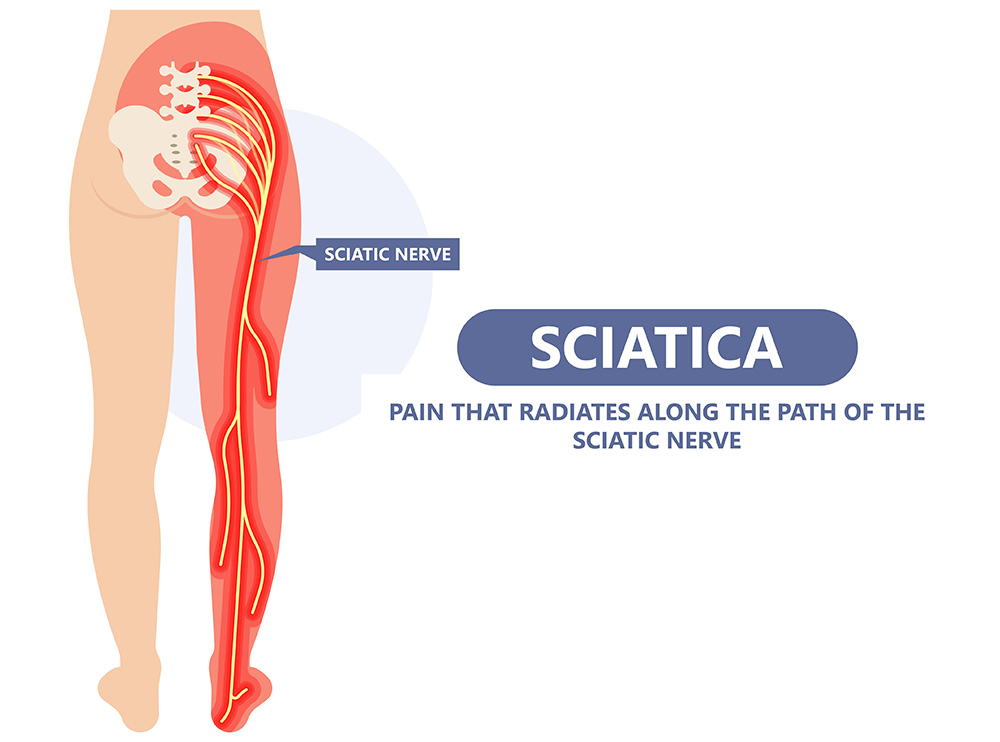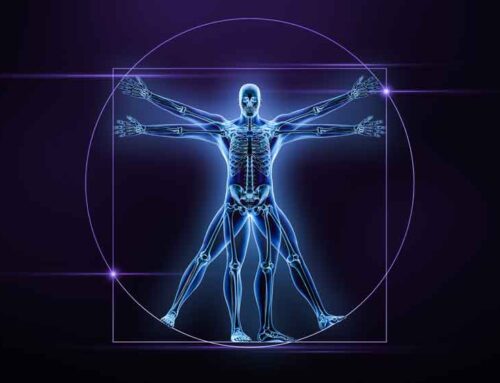Sciatica is a condition marked by pain that radiates along the sciatic nerve — the largest nerve in the body — which runs from the lower back through the hips and buttocks and down each leg.

While it can affect anyone, women are disproportionately affected, especially during certain life stages.
So why does sciatica strike so many women, and what can be done to manage or prevent it?

1. Biological and Anatomical Differences
Women’s bodies are structurally different from men’s, especially in the pelvic region. A woman’s pelvis is wider and more bowl-shaped to support childbirth, which alters the alignment and weight distribution on the spine and hips. These subtle changes can increase strain on the lower back and sciatic nerve.
Additionally, hormonal fluctuations — particularly involving relaxin — loosen ligaments in preparation for childbirth. While essential for labor, this can also destabilize the spine and contribute to nerve compression or herniated discs.
2. Pregnancy and Postpartum Pressure
Pregnancy is one of the most common periods when women experience sciatic pain. As the uterus expands, it can press against the sciatic nerve, especially in the third trimester. The additional weight and change in posture can further strain the lower back.
Even after childbirth, women can continue to experience sciatica due to weakened core muscles, joint instability, or poor posture while nursing or carrying a baby.
Chiropractic care during this period provides relief from back, neck, and other joint pain, helps control nausea symptoms, reduces labor and delivery time and helps prevent a potential cesarean delivery, along with relief from sciatica.
3. Jobs and Lifestyle Factors
Women are more likely to work in professions that require long periods of sitting or standing — both of which can aggravate sciatic nerve pain. Combine that with often less ergonomic workstations or caregiving roles that involve bending, lifting, or twisting, and the risk increases.
Wearing high heels or unsupportive footwear, which many women do for fashion or work, also alters spinal alignment and puts stress on the lower back.
4. Underdiagnosis and Misdiagnosis
Women’s pain is often taken less seriously or misattributed to other conditions, like endometriosis, fibromyalgia, or psychosomatic causes. As a result, sciatic symptoms might be overlooked or not treated with the same urgency, allowing the condition to worsen over time.
5. Other Contributing Conditions
Conditions like piriformis syndrome (where a small muscle in the buttocks irritates the sciatic nerve), osteoarthritis, and spinal stenosis are more common in women and can trigger or mimic sciatica. These underlying conditions often go undiagnosed until they’ve caused significant discomfort.
What Can Women Do to Treat Sciatica?
While sciatica can be persistent, it is manageable.
Here are some proactive steps:
- Consistent chiropractic care: By reducing joint restriction and misalignments in the spine and other joints it allows the body to reduce its inflammatory response.
- Exercise regularly: Focus on strengthening the core and improving posture.
- Stretch daily: Especially the hamstrings, lower back, and piriformis muscle.
- Be mindful of posture: Whether sitting at a desk or carrying a child, body mechanics matter.
- Avoid high heels: Choose supportive footwear to reduce spinal strain.
- Seek early treatment: Don’t ignore chronic back or leg pain. Early intervention can prevent long-term issues.
The Bottom Line with Sciatica

Sciatica is not just a nuisance — it’s a signal from the body that something’s off.
For women, understanding the unique risk factors they face is key to prevention and relief. With the right care and lifestyle adjustments, it’s possible to reduce or even eliminate sciatic pain and improve quality of life. We see at least one person with sciatica every single day in our office.
Give us a call today at (614) 848-5211 to get your sciatic symptoms under control!
We look forward to seeing you soon,
Dr. Hughes, Dr. Shannan, Dr. Harris





